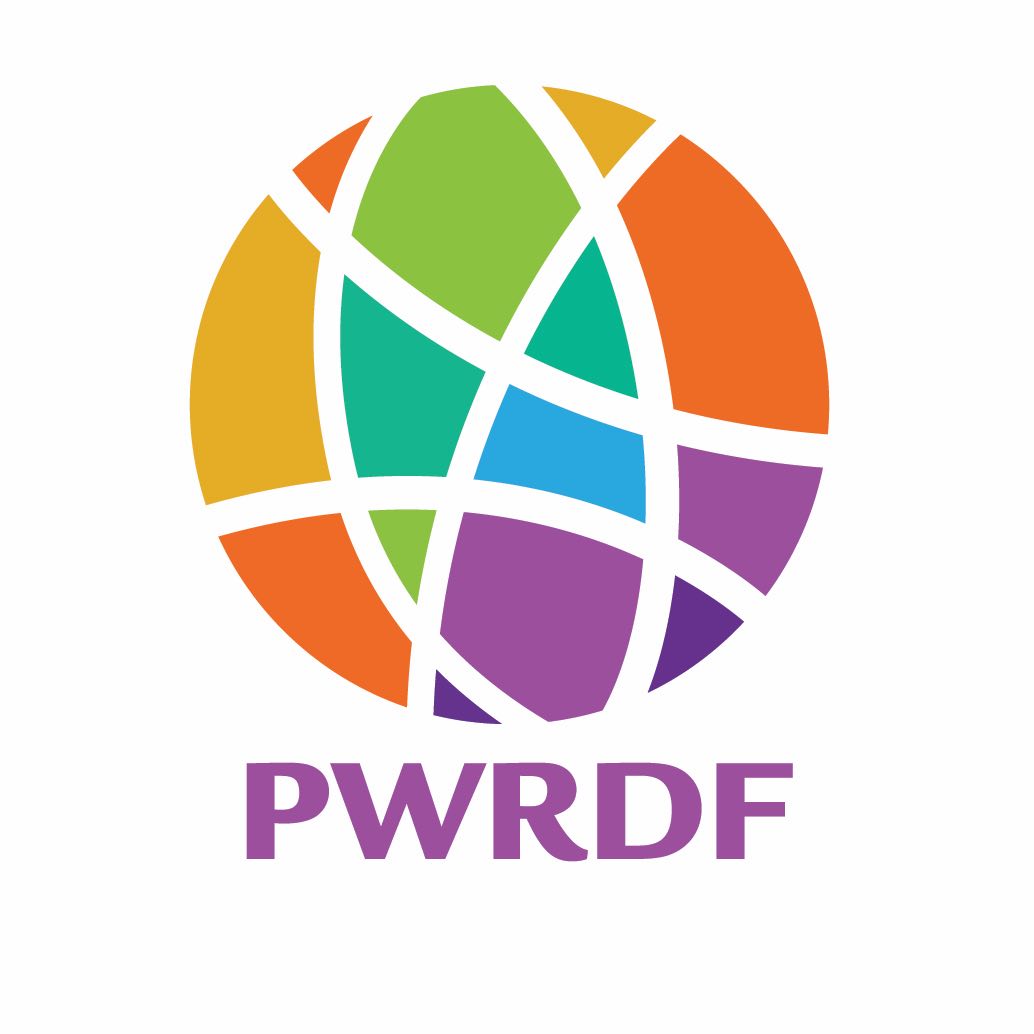What words did you use a lot this past summer? How about hot and fire!
This has been a very challenging summer all across our beautiful country, and especially here in our own province off Newfoundland and Labrador. It was so devastating to hear how many people were forced to leave their homes, not knowing if they would have a home to return to.
In 2023, in response to unprecedented wildfires from coast to coast, Alongside Hope established a separate fund for in-Canada emergency response. This was to enable them to respond quickly when a diocese asks for support, rather than waiting to raise funds for individual disasters.
How does Alongside Hope decide where and when to respond (since we know that they cannot respond to all domestic emergencies)? A decision as to whether or not to respond will depend on several factors: the severity and impact of the emergency; the presence of other agencies responding including the government; the extent to which additional support is needed; the time and abilities of the diocese to engage; and Alongside Hope’s available resources. Efforts will be made to ensure duplication is avoided, effectiveness is increased, and that all of us work together to be the best stewards of the resources that are entrusted to us.
What is an emergency? Emergency is the term Alongside Hope and other agencies give to situations during or following a disaster when the lives and livelihoods of many people are threatened. Most emergencies in Canada occur through natural disasters such as earthquakes, floods, or fires. The objectives of Alongside Hope’s In-Canada Emergency Preparedness and Response Guidelines are as follows:
• To provide a framework to help Anglican dioceses in Canada be prepared to effectively respond to emergencies in their dioceses
• To support dioceses and parishes to better leverage other national, regional and local resources to enhance their preparedness and response should there be an emergency
• To clarify how funds raised by Alongside Hope can be accessed and reported back to Alongside Hope
Suggested services that dioceses may offer for relief and recovery response
• Distribute relief items such as food, water, hygiene kits, gas, clothing, etc.
• Provide a place of refuge from extreme cold, heat waves and storms
• Act as a temporary relief shelter
• Provide a gathering place and emergency services such as washrooms, charging stations, etc.
• Lead prayers, offer emotional support
• Prepare a list of professionals to provide counselling for post emergency/disaster victims
• Invite these professionals to speak in parishes and gatherings organized by parishes
• Organize post-traumatic workshops/sessions for families and communities
Expenditures and activities that may be included in a relief or recovery response budget
• Diocesan/parish staff and/ or volunteer honorariums related to relief and recovery response
• Transportation, vehicle rental, logistics, etc., pertaining to the project/ response
• Gift cards for use by displaced individuals/ families for the purpose of purchasing food, water, emergency supplies, needed materials destroyed by the emergency or displacement due to a particular emergency/disaster
• Emergency accommodation
• Building materials
• Goods or services directly provided by the diocese/ parishes, or jointly with other agencies or outsourced to local specialized agencies
• Counselling and post trauma supports
• Locally identified long-term recovery activities that may help rebuild community assets and increase community resilience
For more information, read our Alongside Hope In-Canada Emergency Preparedness and Response Guidelines or our In-Canada Emergency Response booklet (as single pages or spreads).


